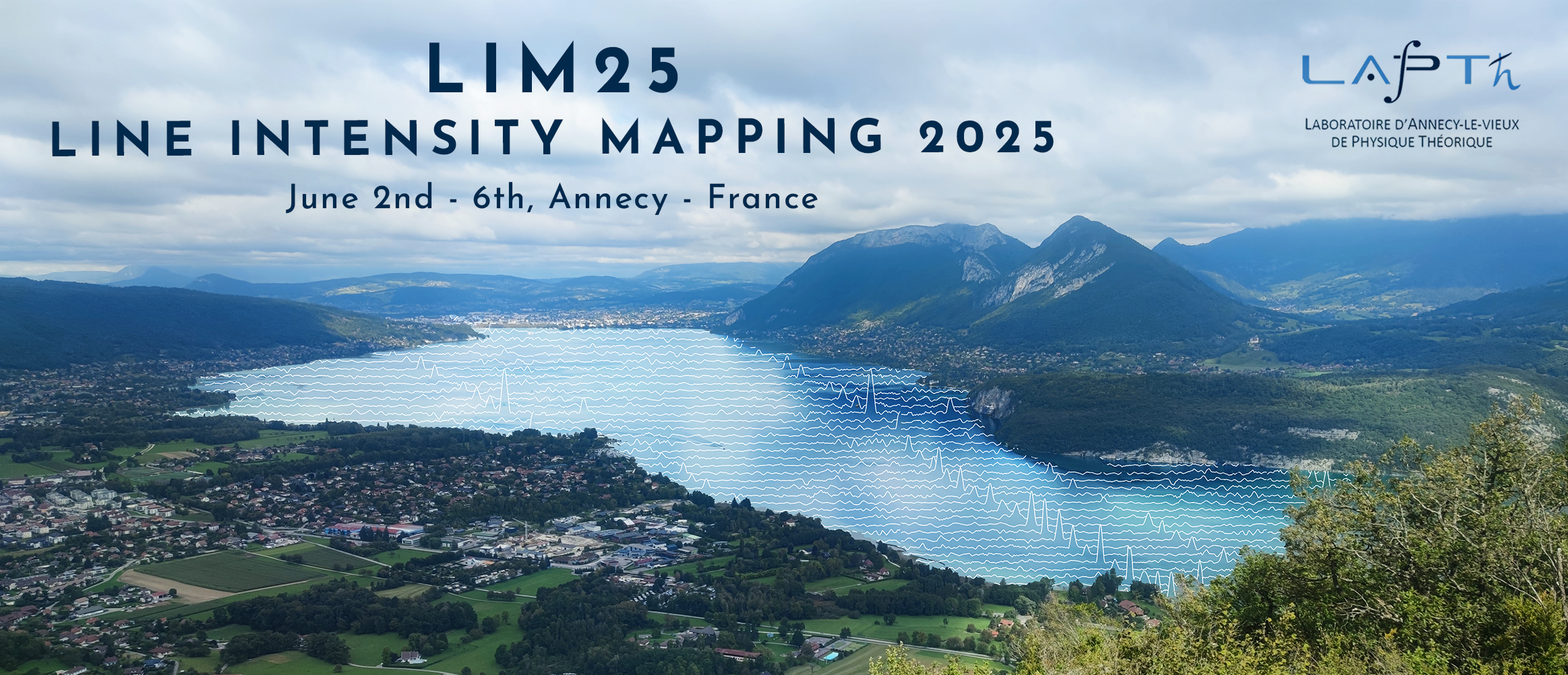Orateur
Description
Several ALMA programs have shown the ubiquity of extended [CII] halos in high-redshift galaxies. Not only can such extended structures potentially affect the [CII] line intensity mapping (LIM) signal, but they also provide a unique avenue to understand the formation and evolution of high-z galaxies, whose supernova-driven outflows may eject [CII]-emitting gas from star-forming regions out to ~10kpc scale. To understand the physical origin and time evolution of the extended [CII] emission, we leverage 3D dust radiative transfer and photoionization simulations to produce synthetic observations of the galaxy-scale [CII] emission for a large sample of simulated galaxies from the Feedback in Realistic Environments (FIRE) project. With spatially resolved interstellar medium, these cosmological zoomed simulations enable detailed investigations to (1) differentiate the contributions to the extended [CII] emission from satellite galaxies versus galactic outflows, and (2) characterize the strength and variability of the extended [CII] emission and how it connects to the scatter of galaxy-scale [CII] luminosity. In this talk, I will discuss the comparison between our simulated profiles of [CII] emission and observations, along with the impact of this extended emission on the high-z [CII] LIM signal.

